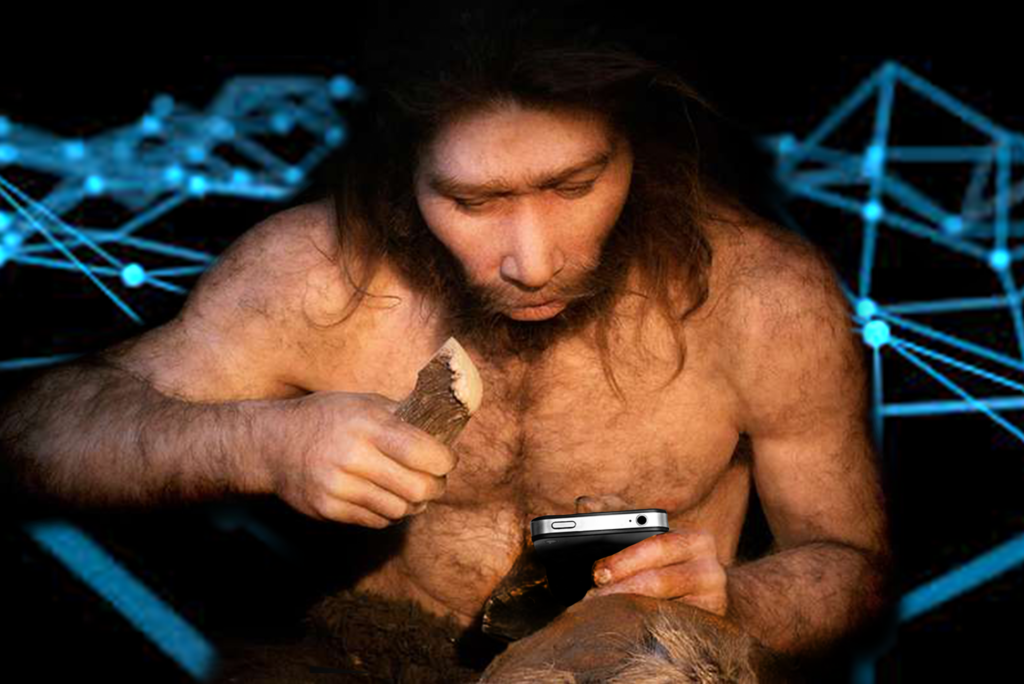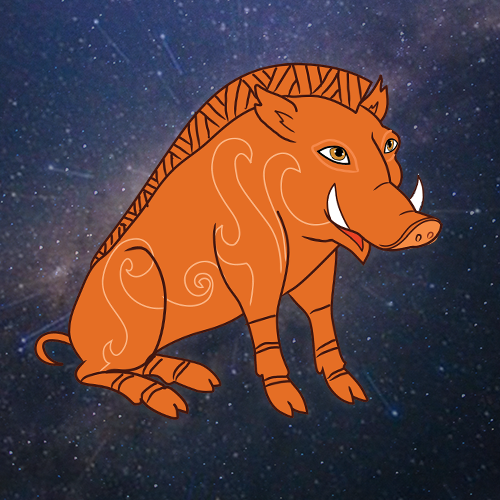



Humans love trading. From Pogs to Pokémon cards, marbles to Halloween candy, trading seems hardwired into our species.
It goes way back, to the days we were hunting down very different valuables like spices, silks, incense, tools and supplies – and ideas (I mean, Socrates wasn’t sitting around talking to himself all day, right?).
99% of human-kind’s time on earth has been spent in the Stone Age. So when findings in the journal Science suggested Stone Age hunter-gatherers traded for wheat since deep antiquity, we weren’t surprised. After all, we’re talking fresh bread.
Sure, it was practical…but it also spawned one of mankind's most significant meeting places: the market. It transformed the simple transaction into interaction. When trading, you learned a little bit about another person – and yourself.
While we’ve long surpassed Stone Age technology and economics, trade remains deeply entrenched in the human mind. It might even be primal.
The internet age has ushered in an entirely new way of exchanging our goods, services, currencies and talents. Our world is more connected than ever; physical barriers are eroding. You can literally trade with anyone, anywhere, at any time, through the process of virtual trading.
Virtual trading promises big changes to our world. With the advent of the blockchain and similar technologies, the creation of virtual goods that are as “real” as physical ones is booming. As of today, over 400 million people have traded virtual goods at some point or another.
This, of course, did not happen overnight. For years, the virtual goods industry flourished almost unknown to the public. In 2012, one report estimated the industry’s worth at a healthy $15 million.
Today, according to an article from Wax.io (Medium, 2017), that number has skyrocketed to $50 billion.
As the 2017 Medium article explains, virtual goods trading started on the video game circuit. Online trading hubs like Wax.io soon sprang up, facilitating trade and interaction between gamers.
Now virtual goods have evolved into their own industry, where digital collectibles (adorably referred to as “digibles”) exist separately from any gameplay.
Crypto collectible marketplaces like OpenSea deal exclusively with digibles. Digibles are how we’ve carried generations of collectible traditions into the 21st century. Think your grandparents’ major league baseball cards, but in smartphone form (though we kind of miss that stale bubblegum).
What separates digibles from other digital content? They are truly unique. They can’t be duplicated by consumers, so they retain their value.
When you forge an item in TapRoots, you’ve created one such digible. With wisdom traits you embed, each artifact is unique – store it for posterity, or trade it on the blockchain: the choice is all yours.
TapRoots isn’t just a journey of virtual trading and self-discovery. It’s an app that’s good for you, your wallet and the planet – which is why a portion of our profits go toward reforestation. That translates to real, live trees in the physical world, thanks to your help in the digital one.

Author
Plato McBoar is our philosophizing, business-savvy boar with an irregularly large brain. He loves truffles with a side of tea and crumpets.